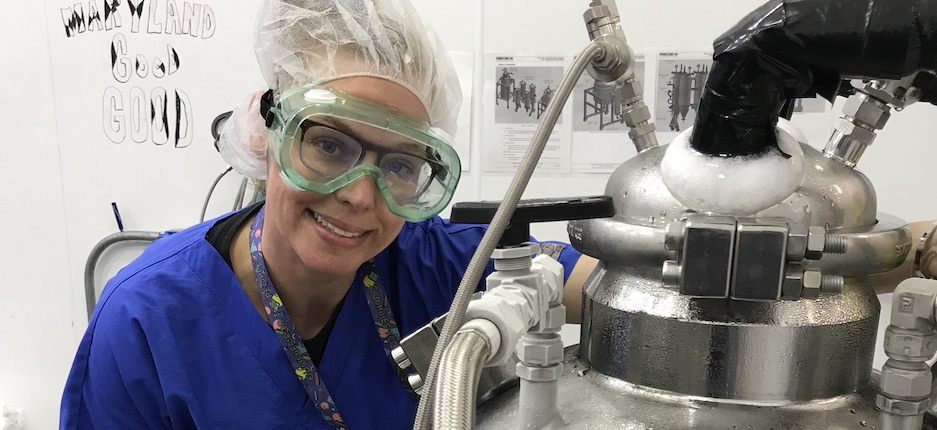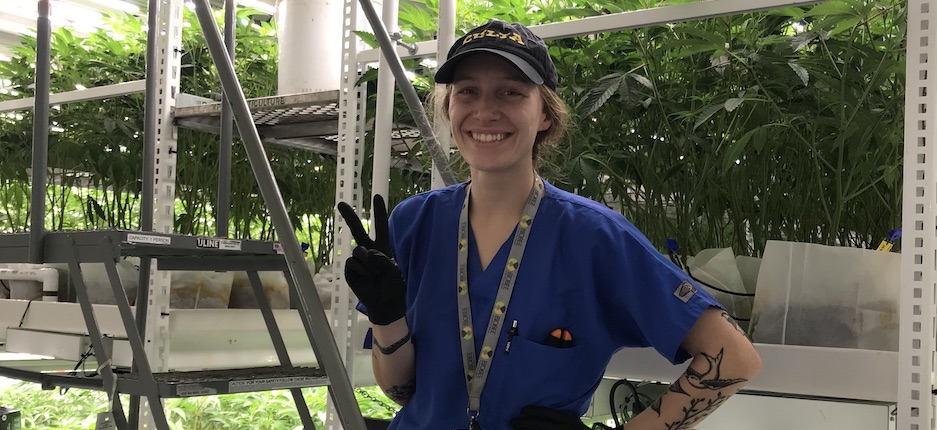There’s a lot to celebrate when it comes to cannabis decriminalization and legalization. Not only has it had a positive impact on Maryland’s economy (to the tune of over $20 million in tax revenue in 2019 alone), but clinical studies have linked cannabis to improved mental health and pain relief. One aspect of cannabis legalization that’s often overlooked is the impact cannabis production has on the environment. As a crop, cannabis has enormous carbon emissions, and growing it in a controlled, indoor environment has the greatest impact.
Read on for more information on the environmental impact of cannabis production and what CULTA is doing to stay ahead of this issue.
The Colorado State University study
The legalization of cannabis has caused a substantial increase in commercial production, yet the magnitude of the industry’s impact on the environment has never been fully quantified -- until now. One study by the Colorado State University, published in March 2021, found a shockingly high amount of emissions produced by large-scale cannabis processing.
According to the study, each kilogram of dried cannabis flower results in 2,283-5,184 kilograms of carbon dioxide emissions. To help put that into perspective, a year of driving a car releases about 4,600 kilograms of emissions, and 1 kilogram of corn produces less than half a kilogram of carbon emissions.
As cannabis legalization efforts continue to expand, indoor cultivation has become the preferred method of cultivation, as it allows for greater control over temperature and other important growth factors. Unfortunately, it’s also the main driver of these emissions.
More about the study
Colorado State University researchers developed a cannabis cultivation model that tracked the emissions from all the different elements necessary to grow cannabis indoors in a warehouse environment (think: cooling, lighting, and humidity controls.) From there, they calculated the energy required to grow cannabis in locations across all 50 states, using a year’s worth of weather data as their baseline. The model then converted the energy for these facilities into the resulting greenhouse gas emissions.
It’s worth noting that the results vary greatly depending on geographic location. 2,283 kilograms was the low (Long Beach, CA), ranging all the way up to the high of 5,184 (Kaneohe Bay, HI.) The difference between these two locations is largely based on the energy source used -- natural gas and solar panels dominate California, while oil-based energy sources are more common in Hawaii.
The above map illustrates greenhouse gas emissions from the cannabis industry across the United States. It’s no surprise that California, with a moderate climate and high levels of renewable power on the grid, produces less carbon emissions than states in the Midwest, where climates are volatile, and oil-based energy sources are the norm.
Indoor vs. outdoor-grown cannabis
The report authors estimate that switching to outdoor production would drop greenhouse gas emissions by 96%. Unfortunately, this is easier said than done. Since there’s a gap between cannabis legalization efforts and federal law, there are severe limits to transporting cannabis across state lines. Some states even restrict where cannabis can be grown. For example, as of April 2021, Colorado law states that producers must grow cannabis in a secured, enclosed location. So, even if a commercial cannabis company wanted to grow cannabis outdoors in Colorado, they would be restricted from doing so by the law.
Fortunately, there are things indoor grow operations can do to reduce their carbon emissions, including:
- Updating HVAC systems- HVAC systems are the most significant contributor to greenhouse gas emissions, making up to a 230% difference in a facility’s emissions.
- Switching to renewable energy- Renewable energy, like solar, is the future. Some states, like California, even offer generous financial incentives for switching to solar.
- Using energy-efficient lights- Not only is it great for the environment, but some claim that growing cannabis with energy-saving LED bulbs can improve aroma and taste.
There are other out-of-the-box ways dispensaries can reduce their carbon emissions, even if they grow cannabis indoors. For example, dispensaries with delivery services can use bikes, battery-powered scooters, or electric vehicles to make deliveries. Or, they can partner with non-profits like the High 5 Initiative, which recycle #5 plastic, a plastic that’s notoriously difficult to recycle AND super common in the cannabis industry.
Not only is going green better for the environment, but it could be better for your bottom line. Studies show that millennials and Gen Z, who are the future of cannabis consumption, are more willing to support companies that do good, especially when it comes to sustainability and community.
CULTA's take
At CULTA, we realize that every aspect of our industry has an impact on the environment - from planting the seed to cultivating the flower. We make a conscious effort to minimize our carbon footprint and have made it a point to combat and stay ahead of this issue. We use LEDs instead of LCDs and recently updated our HVAC systems. In 2020, we tripled our outdoor cultivation acreage. Our facility now sits on three acres and is believed to be the latest outdoor cultivation center east of the Mississippi.
Beyond simply growing cannabis outdoors, we also use natural-based products and were the first organically managed farm in Maryland to earn our Clean Green Certification. In addition to over 3,000 cannabis plants, our Cambridge facility is also home to beneficial native plants and beneficial insects. Needless to say, we’re always on the hunt for new ways to be environmentally friendly and encourage other dispensaries to make their carbon footprint a focal point of their business.
Learn more about our growing process here.





